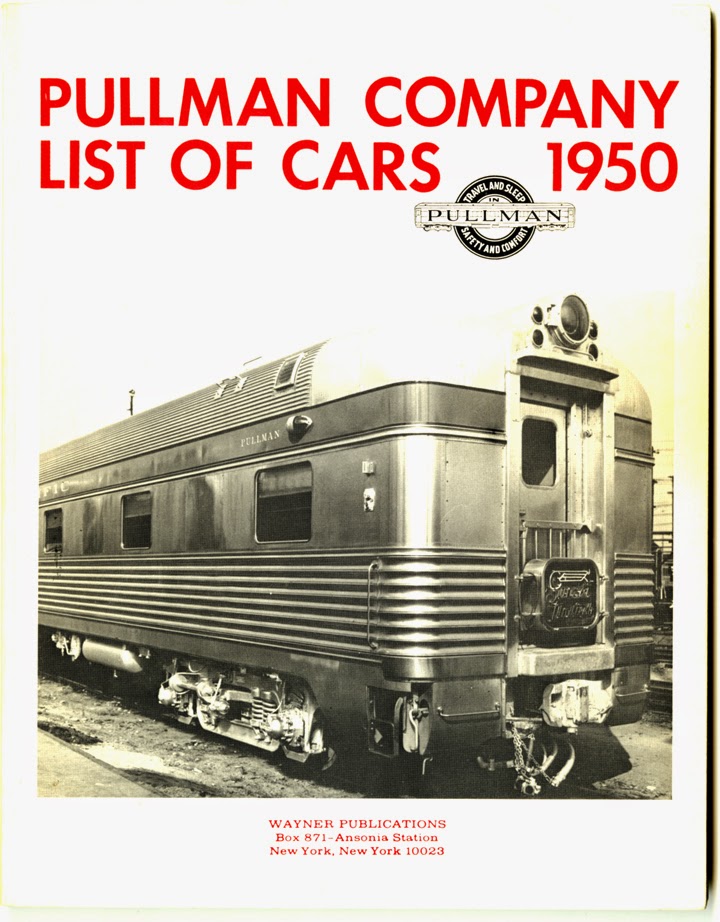There is considerably more information about the mail handling in this kind of car, in two books published by the Southern Pacific Historical & Technical Society. One is a chapter entitled “Traffic,” in The Ghost Trains of SP’s Overland Route (Mail Trains 21-22), by Randall E. Cape and Robert G. McKeen (Pasadena, 2006); the other is the Introduction to Volume 3 of the series, Southern Pacific Passenger Cars, “Head-End Equipment” (Pasadena, 2007). The latter book even has floor plans of mail-storage cars on pages 45, 48, and 51.
To model a mail storage car, one approach is to use any available SP RPO model, remove the mail catcher arm, and reletter. Those are the most visible signs of the conversion from the outside. But I wanted something a little more distinctive, such as a clerestory car. A photo I obtained from my friend Clark Bauer years ago was an image stubbornly embedded in my memory, and I decided to see if I could model the car in that photo. Here is the photo, taken at Council Bluffs in 1954.
By referring to Volume 3, cited above, I learned that this was a 60-foot RPO car built in 1911, which came over to SP from the El Paso & Southwestern in 1924 (see page 392), and was immediately remodeled by SP to have bigger side doors and fewer side windows, for postal storage service. The original number, EP&SW 252, became SP 4263. There was even an interior photo of the car after conversion (from the Steve Peery collection), which shows the stanchions.
Having once figured out how to kitbash an Athearn baggage car (see: http://modelingthesp.blogspot.com/2014/06/my-baggage-car-article-in-prototype.html ) by slicing and reassembling it, the straightforward method of making this model (for me) was to start with an Athearn full RPO, and cut it down to 60 feet. To illustrate what is meant, here is an image of the Athearn clerestory RPO body from their website, with the cuts marked for my conversion. (You can click on the image to enlarge it.)
Here are three of the cuts made, yielding three car sections: first, the car end at left, already glued to the segment between Cuts 2 and 3; second, placed above the car, is the discarded piece between Cuts 1 and 2; and third, at right, the remainder of the car. Cut 4 remains to be made.
Next, I made Cut 4, the cut surfaces were filed smooth, and the final car parts all were glued together (for joints like this, I like to use a styrene cement like Plastruct’s Plastic Weld, because it really softens the plastic and permits the joint to be pressed strongly together and eliminate any minor roughness in the cuts). I then used Squadron Green putty to fill any gaps and to ensure a smooth outer surface. I also added splice plates inside, of 0.015-inch styrene sheet, to reinforce joints. That completes the basic body shell.
I now added 0.012-inch brass wire handrails alongside doors and at each car corner, first shaving off the molded-on Athearn ones. I also added the Athearn brake wheel at the B end. Many SP head-end cars had lever hand brakes, but this one had a wheel (see photo at top). Finally, I have found over the years that a coat of gray primer serves well as a “witness coat” to make it easy to find defects which need more work. Here is the completed body in primer.
With the primer coat applied, I can turn to the kitbash of the underbody length, which is a whole new problem, and complete a few other details. I will return to those topics, along with lettering, in a future post, Part 7B.
Let me hasten to say that this conversion will not yield an exact model. There should be a side window at the B end, and the center-section windows should be equally spaced, as well as set higher on the car side. The doors are almost right, having the correct 4 foot, 10 inch width, though they have three instead of four window panes. But the model certainly captures the general look of this car, which was my goal in the first place.
Tony Thompson









































